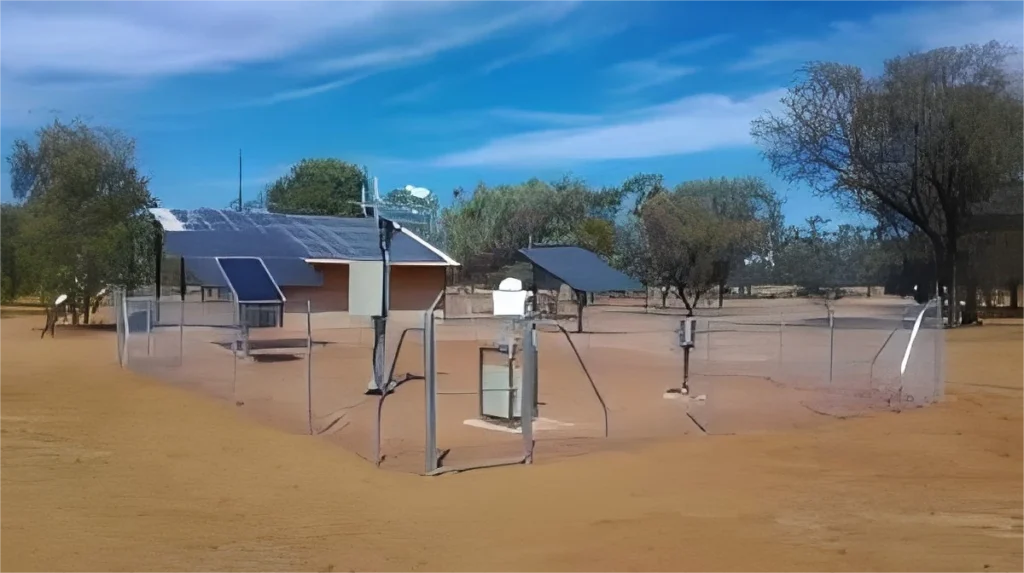The Disadvantages of Automatic Weather Stations

html
The Disadvantages of Automatic Weather Stations
Automatic weather stations (AWS) have revolutionized meteorology by providing real-time data with minimal human intervention. However, despite their advantages, these systems come with several drawbacks that can impact their reliability and effectiveness.
1. High Initial and Maintenance Costs
One of the primary disadvantages of automatic weather stations is their high cost. The initial setup requires significant investment in sensors, data loggers, and communication systems. Additionally, regular maintenance, calibration, and repairs can add to the operational expenses, making them less accessible for small organizations or developing regions.
2. Dependence on Power Supply
Most AWS units rely on electricity or solar power to function. In remote or disaster-prone areas, power outages can disrupt data collection, leading to gaps in weather records. Backup power solutions, such as batteries, may not always be sufficient for prolonged periods without electricity.
3. Vulnerability to Environmental Damage
Automatic weather stations are often exposed to harsh weather conditions, including extreme temperatures, heavy rain, or strong winds. Over time, this exposure can degrade sensors and other components, reducing accuracy and requiring frequent replacements.
4. Limited Data Verification
Unlike manual weather stations, AWS lack human oversight, which means errors or malfunctions may go unnoticed for extended periods. For example, a blocked rain gauge or a misaligned anemometer could produce inaccurate data without immediate detection.
5. Technical Complexity
Operating and troubleshooting AWS requires specialized knowledge. Malfunctions in software, connectivity, or hardware can be challenging to diagnose and fix, especially in areas with limited technical expertise.
6. Data Transmission Issues
Many AWS rely on wireless or satellite communication to transmit data. Poor signal strength, interference, or network failures can result in incomplete or delayed data, affecting weather forecasting and research.
Conclusion
While automatic weather stations offer numerous benefits, their disadvantages—such as high costs, power dependency, and susceptibility to environmental damage—highlight the need for careful planning and investment in backup solutions. Balancing automation with manual oversight can help mitigate some of these challenges and ensure more reliable weather monitoring.